
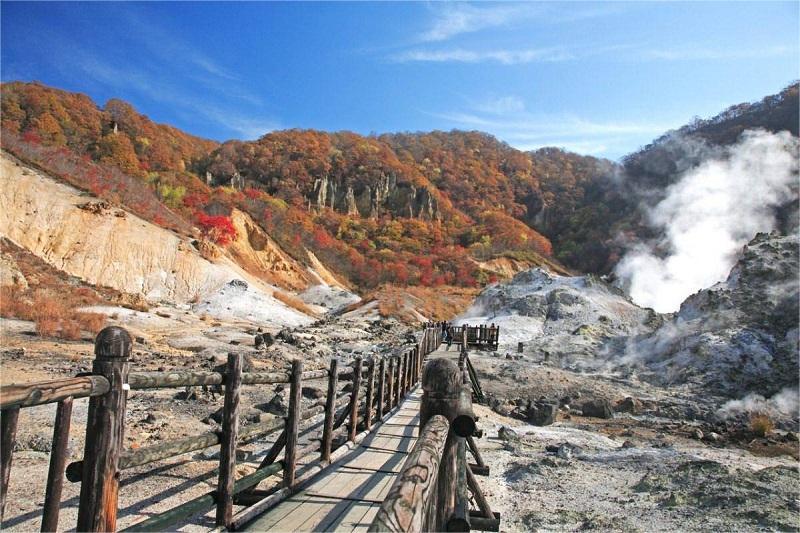
Tour Code: DJ117979-6
Tour Duration: 11 Days 10 Nights.
Tour Themes: Classic, Flower
Tour Route: Chitose - Noboribetsu - Yakumo - Hakodate - Lake Toya - Niseko - Otaru - Sapporo - Biei - Furano - Sapporo
11 Days Japan Flower Tours Chitose Noboribetsu Yakumo Hakodate Lake Toya Niseko Otaru Sapporo Biei Furano
You can tailor-make the tour duration, route, themes, and cultural experiences, etc.Chitose Arrival
Funkawan Bay Panorama Park
Hakodate Morning Market
Fort Goryokaku
Goryokaku Tower
Usuzan Ropeway
Usuzan West Craters Observatory
Otaru Canal
Blue Pond
Shirahige waterfall
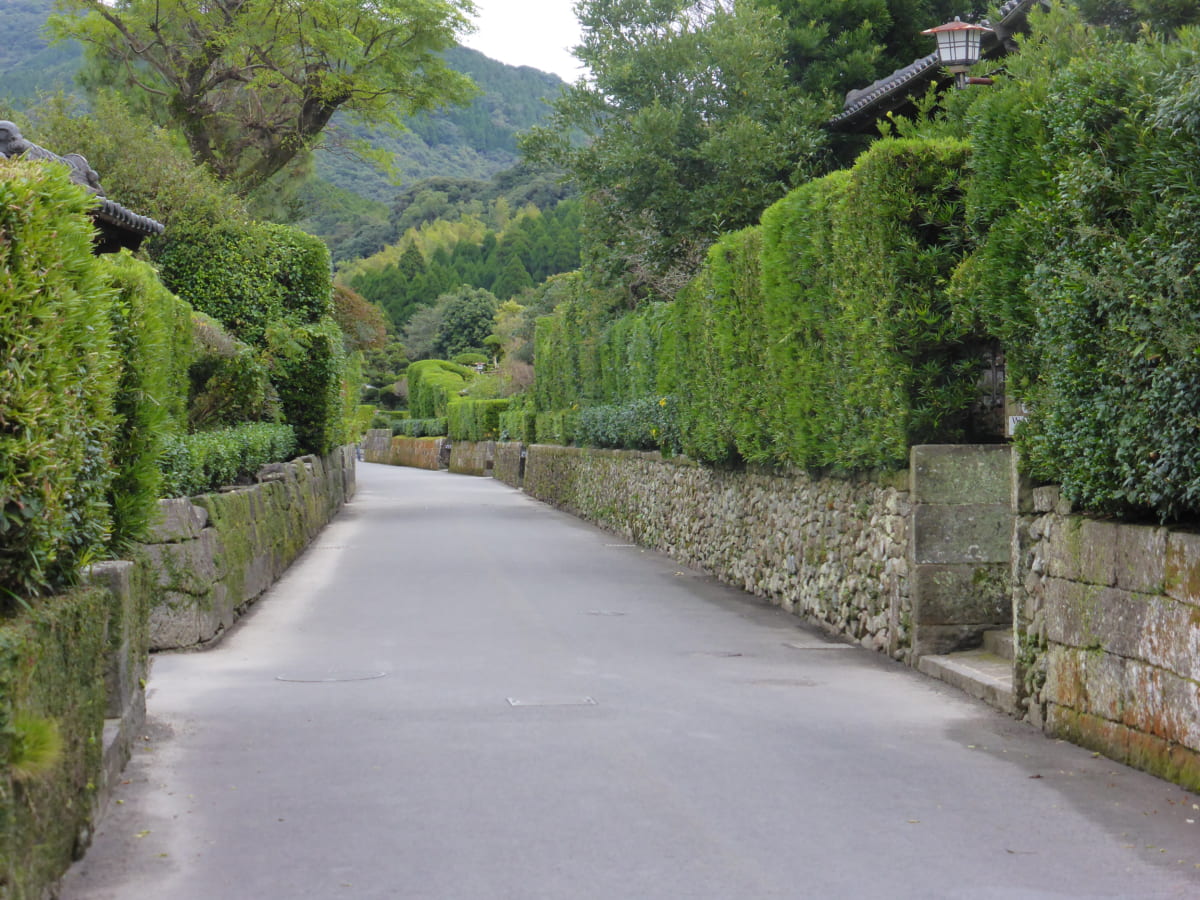
Tour Code: YA116807-3
Tour Duration: 6 Days 5 Nights.
Tour Themes: Classic, UNESCO, Beach, Cruise
Tour Route: Kagoshima - XiaMen - Da Nang - Hue - Da Nang - Ha Long Bay - Taipei - Naha
6 Days Japan|China|Vietnam UNESCO Tours Kagoshima XiaMen Da Nang Hue Ha Long Bay Taipei Naha
You can tailor-make the tour duration, route, themes, and cultural experiences, etc.Chiran
Chiran Peace Museum
Gulangyu Island
Hi Heaven
Cham Museum
Han Market
Perfume River
Ha Long Bay
Ba Hang floating village
Thien Cung cave
Presidential Office Building
Chiang Kai-Shek Memorial Hall
Naminoue Shrine
Shurijo Castle (main building under construction till 2026)
Former Japanese Navy Underground Headquarters
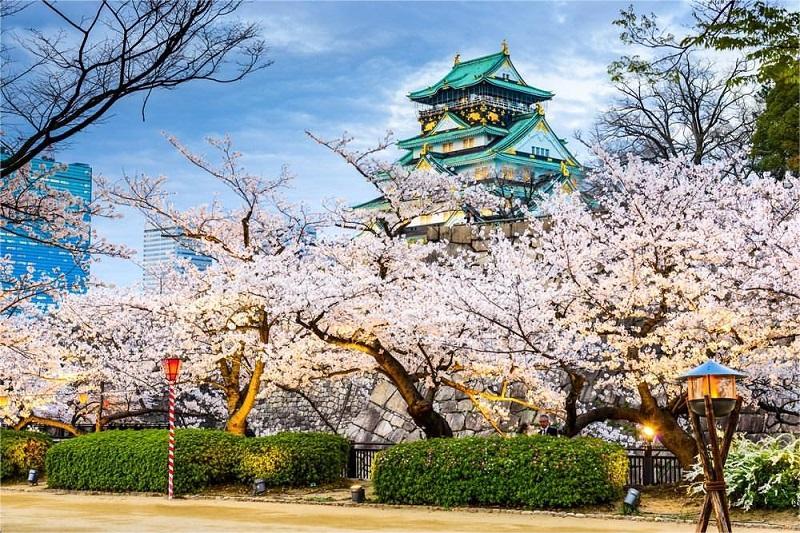
Tour Code: CJ116835-4
Tour Duration: 11 Days 10 Nights.
Tour Themes: Kids-friendly, Classic, UNESCO, Cultural Experience, Culture History, Student
Tour Route: Osaka - Hiroshima - Kyoto - Arashiyama - Kyoto - Nara - Kyoto - Tokyo - Mt.Fuji - Hakone - Tokyo
11 Days Japan Family & Kids-friendly Tours Osaka Hiroshima Kyoto Arashiyama Nara Tokyo Mt.Fuji Hakone
You can tailor-make the tour duration, route, themes, and cultural experiences, etc.Osaka Arrival
Osaka Free Day
Osaka Castle
Nishinomaru Garden
Osaka Museum of Housing and Living
Universal Studios Japan
Miyajima
Itsukushima Shrine
Arashiyama Monkey Park Iwatayama
Fushimi Inari Shrine
Sagano Bamboo Grove
Nara Park
Kinkaku-ji Temple
Todaiji Temple
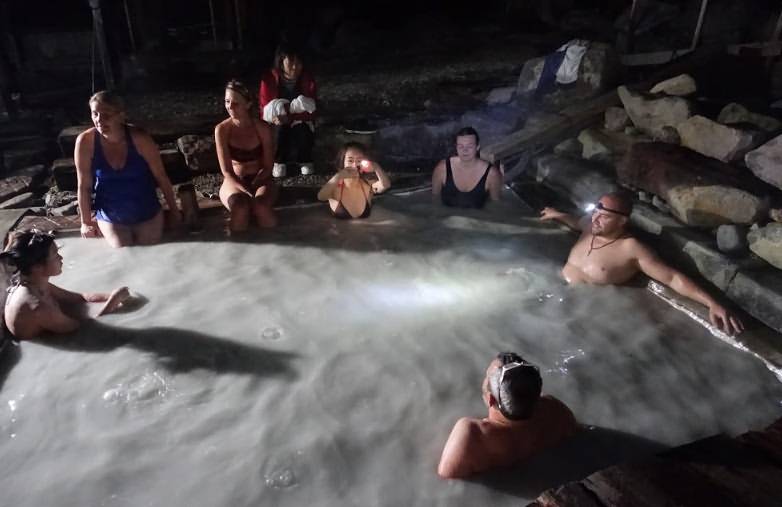
Tour Code: EJ112818
Tour Duration: 18 Days 17 Nights.
Tour Themes: Classic, UNESCO, Onsen
Tour Route: Kumamoto - Kurokawa - Oguni - Waita - Aso - Kumamoto - Oita - Kumamoto - Oita - Kumamoto - Fukuoka - Hiroshima - Kobe - Kyoto - Yokohama - Kamakura - Kawaguchiko - Nagano - Kawaguchiko - Hakone - Saitama - Kawaguchiko - Mt.Fuji - Tokyo - Yokohama - Tokyo
18 Days Japan UNESCO Tours Kumamoto Kurokawa Oguni Waita Aso Oita Fukuoka Hiroshima Kobe Kyoto Yokohama Kamakura Kawaguchiko Nagano Hakone Saitama Mt.Fuji Tokyo
You can tailor-make the tour duration, route, themes, and cultural experiences, etc.Kumamoto Arrival
Kumamoto Free Day
Kurokawa Onsen
Nabegataki Falls
Waita Onsen village
Showa Denko Dome Oita
Showa Denko Dome Oita
Hiroshima Peace Memorial Park
Atomic Bomb Dome
Kobe Free Day
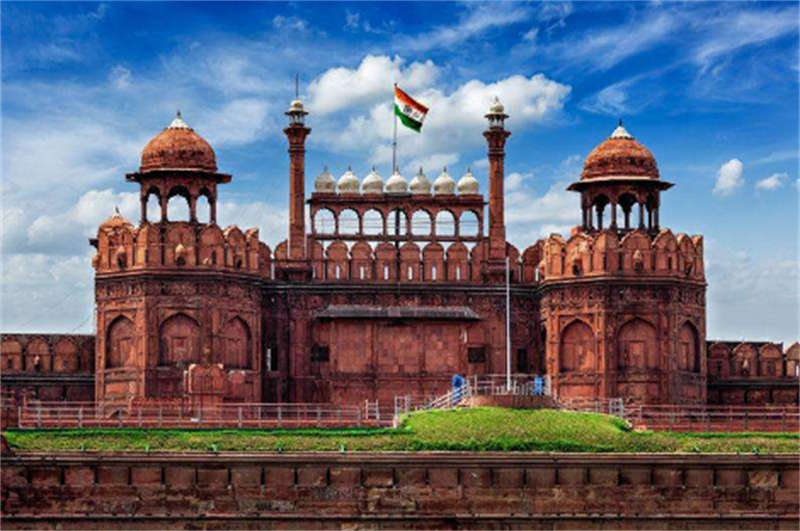
Tour Code: IN18-006
Tour Duration: 18 Days 17 Nights.
Tour Themes:
Tour Route: Delhi-Mandawa-Bikaner-Jaisalmer-Jodhpur-MountAbu-Udaipur-Pushkar-Jaipur-Fathepur Sikri-Agra-Khajuraho-Varanasi
18 days India Delhi Mandawa Jaisalmer Jodhpur Udaipur Pushkar Jaipur Agra Varanasi tour
You can tailor-make the tour duration, route, themes, and cultural experiences, etc. 18 days India Delhi Mandawa Jaisalmer Jodhpur Udaipur Pushkar Jaipur Agra Varanasi tourTour Code: IN181 Departure Date: You Choice! Custom Days: ..14...21..30.. Days Tour Route: Delhi-Mandawa-Bikaner-Jaisalmer-Jodhpur-MountAbu-Udaipur-Pushkar-Jaipur-Fathepur Sikri-Agra-Khajuraho-Varanasi-Delhi (Could Customize)You can always customize a similar tour based on this itinerary. Day 1: Delhi ArrivalOvernight at stay.Day 2: DelhiMorning: Old Delh: Raj Ghat - the memorial site where Mahatma Gandhi was cremated; Jama Masjid - the largest mosque in India.Afternoon: New Delhi: Humayun's Tomb, the Qutub Minar, a drive along the ceremonial avenue - Rajpath, past the imposing India Gate, Parliament House, and the President's Residence and would end with a drive through the Diplomatic Enclave.Overnight at DelhiRaj Ghat: India is a country, where you can see a lot of historical places and monuments dedicated to popular historical figures, and the capital city, Delhi,being no less than any other place, offers some of the most popular and beautiful structures in the country. Delhi tourism provides you many brilliant options to be a apart of the splendid history and to gaze at the iconic facts and features of it, Raj Ghat being one of them. It is one of the most important and respected site in the city.Jama Masjid of Delhi is the largest mosque in India. The Jama Masjid stands across the road in front of the Red Fort. Built between 1644 and 1658, Jama Masjid is one of the last architectural works of the Mughal emperor Shah Jahan. The spacious courtyard of the Jama Masjid holds thousands of faithful. Jama Masjid is located on a mound in the heart of the old city and projects beautifully into the Old-Delhi skyline. Jama Masjid Mosque was built in red sandstone and marble by more than 5000 artisans. Originally called the Masjid-i-Jahan-Numa, or "mosque commanding view of the world", the Jama Masjid stands at the center of the erstwhile capital city of the Mughals, Shahjahanbad.Humayun’s Tomb is the tomb of the Mughal Emperor Humayun. The tomb was commissioned by Humayun's wife Hamida Banu Begum in 1562 AD, and designed by Mirak Mirza Ghiyath, a Persian architect.[1] It was the first garden-tomb on the Indian subcontinent, and is located in Nizamuddin East, Delhi, India, close to the Dina-panah citadel also known as Purana Qila (Old Fort), that Humayun founded in 1533. It was also the first structure to use red sandstone at such a scale The tomb was declared a UNESCO World Heritage Site in 1993, and since then has undergone extensive restoration work, which is still underway. Besides the main tomb enclosure of Humayun, several smaller monuments dot the pathway leading up to it, from the main entrance in the West, including one that even pre-dates the main tomb itself, by twenty years; it is the tomb complex of Isa Khan Niyazi, an Afghan noble in Sher Shah Suri's court of the Suri dynasty, who fought against the Mughals, constructed in 1547 CE.The India Gate was built in 1931 and designed by Sir Edwin Lutyens. This 42 m high stone arch of victory, universally known as The India Gate, stands at the eastern end of Rajpath, New Delhi. It was previously officially known as The All India War Memorial. The names of the 90,000 Indian Army soldiers who died in the First World War, Afghan campaign of 1919 and the North-West Frontier operations are inscribed on the walls of this grand structure.Qutub Minar is the pride of Delhi. The tall minaret was constructed in 1192 by Qutab-ud-din Aibak, and later completed by his successor Iltutmish. The soaring conical tower is an exquisite example of Indo-Islamic Afghan architecture. Day 3: Delhi-MandawaMorning: car transfer to Mandawa.Afternoon: sight-seeing tour of Havelies.Overnight at MandawaDay 4: Mandawa-BikanerMorning: after breakfast car transfer to Bikaner.Afternoon sight-seeing tour of Bikaner visiting Juna Garh Fort, Camel Breeding Farm, Museum and city.Overnight at BikanerThe Camel Breeding Farm of Bikaner, popularly known as Government Camel Breeding Farm, breeds the finest of camels in Bikaner. The Bikaner Camel Breeding Farm also conducts researches and experiments on the camels. The results obtained from the experiments are used to promote camel breeding. The Camel Breeding Farm in Bikaner employs the 'Raikas' or 'Rebars', local camel breeders, and aims towards making camel economically advantageous for the camel rearer of Bikaner.Day 5 : Bikaner-Jaisalmer Morning: after breakfast car transfer to Jaisalmer.Afternoon: Evening free at leisure.Overnight at JaisalmerDay 6: JaisalmerMorning: Sight Seeing of City coveringJaisal Fort, Havelies.Afternoon : VisitSAMDesert with Camel Safari at the Thar Desert.Overnight at JaisalmerHavelies: Jaisalmer is known to its visitors for its proximity to Thar desert. But the city has much more to offer to its tourists. Among all, Havelis of Jaisalmer finds a special mention. The beautiful mansions built by the wealthy merchants of Jaisalmer are known as 'Havelis'. Most of these finely erected sandstone buildings are still in beautiful condition. Jaisalmer used to be a strategic point in the trade across the desert. The wealthy Jain community of Jaisalmer held strong posotions in the court of the rulers and were also leading merchants of the town. They spent enormous wealth on building intricately carved palaces and temples in golden-yellow sandstone.The Thar Desert (also known as the Great Indian Desert) is a large, arid region in the northwestern part of the Indian subcontinent and forms a natural boundary running along the border between India and Pakistan. With an area of more than 200,000 km2 (77,000 sq mi), it is the world's 9th largest subtropical desertDay 7: Jaisalmer-JodhpurMorning: after breakfast car transfer to Jodhpur.Afternoon: sight-seeing of Jodhpur visiting Mehrangarh Fort, Museum and UmaidBhawanPalace.Overnight at JodhpurMehrangarh Fort, located in Jodhpur, Rajasthan is one of the largest forts in India. The fort is situated 400 feet (122 m) above the city and is enclosed by imposing thick walls. Inside its boundaries there are several palaces known for their intricate carvings and expansive courtyards. A winding road leads to and from the city below. The imprints of cannonball hits by attacking armies of Jaipur can still be seen on the second gate. To the left of the fort is the chhatri of Kirat Singh Soda, a soldier who fell on the spot defending the Mehrangarh fort.UmaidBhavanPalaceMuseum: Maharaja Umaid Singhji was very fascinated by western lifestyle. So, he hired the services of a well-known Edwardian architect, Henry Vaughan Lanchester to get Umaid Bhavan palace constructed. A part of the palace now houses the Umaid Bhavan Palace of Jodhpur, Rajasthan.Day 8: Jodhpur-Mount AbuMorning: after breakfast car transfer to MountAbu.Afternoon: sight seeing of MountAbu visitingDilwaraJainTemple, NikkiLake, Honeymoon Point and Sunset Point.Overnight at MountAbuDilwara Jain Temples is one of the finest Jain temple known world over for its extraordinary architecture and marvelous marble stone carvings, some experts also consider it architecturally superior to the Taj Mahal. It seems fairly basic temple from outside but every cloud has a silver lining, the temple interior showcases the extraordinary work of human craftsmanship at its best. These temples were built between 11th to 13th century AD, The beautiful lush green hills surrounding the temple gives a very pleasant feeling. The ornamental details of marble stone carvings is phenomenal and unmatched, The minutely carved ceilings and the pillars are just amazing. All this was done at a time when no transport or roads were available at a height of 1200+ Mtrs in MountAbu, Huge blocks of marble stones were transported on elephant backs from the Arasoori Hills at Ambaji to this remote hilly region of MountAbu. Dilwara temples is also a popular Jain pilgrimage attraction.Honeymoon Point: MountAbu has a variety of tourist attractions that offers a wholesome experience to the tourists. The various tourist attractions in MountAbu make it a dream destination for tourists. Hence, a large number of tourists come to the place to enjoy its various attractions. The monuments in MountAbu are especially very popular among tourists as these monuments are not only famous for historical significance but are also a teat to the eye. These are architectural marvel which reflects the excellent features of ancient architecture. There are a number of monuments in MountAbu but the Honeymoon Point Mount Abu bears a special significance as it is regarded as one of the most auspicious pilgrimage centers for Jains. Having a structure that resembles a table top, the particular structure is built around a lake in the midst of verdant forests.Sunset Point located in South West of Nakki Lake provides you a scenic view of the setting sun. Hundreds of people swarm this area in the evening amidst a carnival atmosphere. Food stalls, souvenir shops abounds the area. The scenic hills, tranquil surrounding, and the pleasant climate makes it a favorite spot of the tourists. The Honeymoon Point located close by is another attraction of MountAbu. Sunset Point is a good place to pick up trinkets and knick knacks. Day 9: Mount Abu-UdaipurMorning: after breakfast car transfer to Udaipur enroute visit to Ranakpur. Overnight at UdaipurDay 10: UdaipurFull day sight-seeing of Udaipur visiting CityPalace, JagdishTemple, LakePichola and Gardens.Overnight at UdaipurJagdishTemple is one of the famous temples of Udaipur. Located in the CityPalace complex of Udaipur, this temple is made in the Indo-Aryan style of architecture. In 1651, Jagdish temple was built by Maharana Jagat Singh, who ruled Udaipur during 1628-53. The temple is dedicated to Lord Vishnu (Laxmi Narayan), the preserver of the Universe. It is celebrated for being the largest temple in the city of Udaipur. The gateway of this temple can be sited at a distance of 150 meters from the Bara Pol of the CityPalace.LakePichola, situated in Udaipur city in the Indian state of Rajasthan, is an artificial fresh water lake, created in the year 1362 AD, named after the nearby Picholi village.[1][2] It is one of the several contiguous lakes, and developed over the last few centuries in and around the famous Udaipur city. The lakes around Udaipur were primarily created by building dams to meet the drinking water and irrigation needs of the city and its neighborhood. Two islands, Jag Niwas and Jag Mandir are located within PicholaLake, and have been developed with several palaces to provide views of the lake UdaipurGardens, the city of lakes, is also known as the garden city of Rajasthan. This romantic city, with the backdrop of picturesque lakes and lush green gardens, appeals to the aesthetic sense of any spectator. The very name of garden brings a sense of relief in the era of concrete jungles. In the bygone ages, the rulers of Udaipur designed a few gardens & parks to remain close with nature and serenity. The city of Udaipur boasts of several gardens that are truly a green retreat in the dry lands of Rajasthan.Day 11: Udaipur-PushkarMorning: after breakfast car transfer to Pushkar enroute visiting Nathdwara/Rajsamand/Ajmer.Afternoon: sight-seeing tour of Pushkar visiting PushkarLake and Temples.Overnight at PushkarPushkar is an artificial lake located in the state of Rajasthan in India. It is situated near the Pushkar town in the district of Ajmer. The lake is beautifully surrounded by the deserts and hills from all the sides. It covers the total area of about 5 km. It gets separated from the city of Ajmer by the snake mountain known as Nag Parbat. The pious PushkarLake is regarded as the sacred lake among the Hindus in India. It is the only lake connected with Lord Brahma in the whole country. The city of Pushkar is situated on the banks of the PushkarLake. The lake has around 400 temples, 52 palaces and 52 ghats and each ghat has water of special powers. The lake is known for its serene atmosphere throughout the year. Some of the most popular among them are Brahma Ghat, Gau Ghat and Varah Ghat.Day 12: Pushkar-JaipurMorning: after breakfast car transfer to Jaipur.An excursion tour of Amber Fort with Elephant ride.Overnight at JaipurAmber Fort: also spelled and pronounced as Amber Fort) is located in Amer (a town with an area of 4 square kilometres (1.5 sq mi)[1]), 11 kilometres (6.8 mi) from Jaipur, Rajasthan state, India. It is one of the principal tourist attractions in the Jaipur area, located high on a hill.[2][3]Amer Fort was built by Raja Man Singh I. Amer Fort is known for its artistic style, blending both Hindu and Rajput elements. With its large ramparts, series of gates and cobbled paths, the fort overlooks the MaotaLake, at its forefront.Day 13: JaipurHalf day sight-seeing tour of Hawa Mahal, Observatory, CityPalaceAfternoon free at leisureOvernight at JaipurHawa Mahal: Constructed in 1799, Hawa Mahal is the most sensational monument in the city of Jaipur. The palace, overlooks one of Jaipur's main streets and was originally constructed to offer women of the court an upper hand, so that they can watch the activities taking place in the bazaar and the surrounding streets behind stone-carved screens. For this purpose, it was designed with over 900 niches, and the entire building is shaped like a crown adorning Lord Krishna's head.Observatory: The Jantar Mantar, or "House of Instruments" at Jaipur is the largest of the observatories and contains eighteen instruments. They are in excellent repair after a 1901 reconstruction project supervised by Chandra Dhar Sharma Guleri.Day 14: Jaipur-Fathepur Sikri-AgraMorning: after breakfast car transfer to Agra enroute visiting Fathepur Sikri.Afternoon: sight-seeing tour of Immortal Taj Mahal, Agra Fort, Sikandra & Itmadullah.Overnight at AgraBuilt during the second half of the 16th century by the Emperor Akbar, Fatehpur Sikri (the City of Victory) was the capital of the Mughal Empire for only some 10 years. The complex of monuments and temples, all in a uniform architectural style, includes one of the largest mosques in India, the Jama Masjid..The Taj Mahal is the epitome of Mughal art and one of the most famous buildings in the world. Yet there have been few serious studies of it and no full analysis of its architecture and meaning. Ebba Koch, an important scholar,has been permitted to take measurements of the complex and has been working on the palaces and gardens of Shah Jahan for thirty years and on the Taj Mahal itself—the tomb of the emperor's wife, Mumtaz Mahal—for a decade.Fort (Emperor Akbar commissioned the construction of this fort in 1565, although additions were continued to be made till the time of his grandson Shah Jahan. The Fort houses some exquisite buildings within like the Moti Masjid, Diwan – e- Am, Diwan – e – Khas, and Sheesh Mahal.)Akbar started building his own mausoleum, near Agra, that was to be a perfect blend of Hindu, Christian, Islamic, Buddhist and Jain designs and motifs, bespeaking of his religious tolerance and secular views. However, he could not complete it and died. Thus, his son Jehangir completed his tomb, popularly known as Sikandra after Sikandra Lodi, who established the community where Akbar's Tomb is located. However, Jehangir made quite a number of alterations in the original plan, in keeping with the development of Mughal art and architecture. The tomb has three-storeyed red sandstone minarets displaying wondrous inlay work of marble on the four corners of the building. 'Langurs', black-faced monkeys have found a safe haven in the beautiful gardens surrounding the mausoleum and often stray to the walkways too.Day 15: Agra-KhajurahoVisit Taj Mahal in the Morning to view sunrise and back to hotel. After breakfast, departure transfer to Airport to board flight for Khajuraho.Evening free at leisure.Overnight at KhajurahoThe Taj Mahal is the epitome of Mughal art and one of the most famous buildings in the world. Yet there have been few serious studies of it and no full analysis of its architecture and meaning. Ebba Koch, an important scholar,has been permitted to take measurements of the complex and has been working on the palaces and gardens of Shah Jahan for thirty years and on the Taj Mahal itself—the tomb of the emperor's wife, Mumtaz Mahal—for a decade.Day 16: Khajuraho-VaranasiMorning city tour of the temples in KhajurahoAfternoon: transfer to the Airport to board flight for Varanasi. after checks into the hotel proceed for half day excursion tour of Sarnath.Overnight at VaranasiDay 17: VaranasiEarly morning- proceed for the Boat Cruise on River Ganges.Afternoon: proceed for half day Sight-seeing of Temple and B.H.University. Overnight at VaranasiRiver Ganges: For more than two millennia, the River Ganges has been revered by millions in India as a symbol of spiritual purity. Originating in the frozen heights of the Himalayas, the river travels 1,600 miles across the teeming plains of the subcontinent before flowing east into Bangladesh and from there it spills into the Bay of Bengal. ”Mother Ganga” is described by ancient Hindu scriptures as a gift from the gods; that is, the earthly incarnation of the deity Ganga.The BanarasHinduUniversity was established by Pandit Madan Mohan Malviya. A prominent lawyer and an Indian independence activist, Malviya considered education as the primary means for achieving a national awakening.[10]At the 21st Conference of the Indian National Congress in Benares in December 1905, Malviya publicly announced his intent to establish a university in Varanasi. Malviya continued to develop his vision for the university with inputs from other Indian nationalists and educationists. He published his plan in 1911. The focus of his arguments was on the prevailing poverty in India and the decline in income of Indians compared to Europeans. The plan called for focus on technology and science, besides the study of India's religion and culture:Day 18: Varanasi- Delhi Departureransfer to the Airport to board flight to Delhi airport for your next destination.
Tour Code: YJ116321-5
Tour Duration: 8 Days 7 Nights.
Tour Themes: Classic, UNESCO, Culture History
Tour Route: Osaka - Kyoto - Osaka - Hakone - Mt.Fuji - Osaka - Nara - Osaka
8 Days Japan UNESCO Tours Osaka Kyoto Hakone Mt.Fuji Nara
You can tailor-make the tour duration, route, themes, and cultural experiences, etc.Osaka Arrival
Osaka Free Day
Osaka Castle
Umeda Sky Building
Arashiyama
Arashiyama Bamboo forest
Mt. Fuji 5th Station
Arakurayama Sengen Park
Todaiji Temple
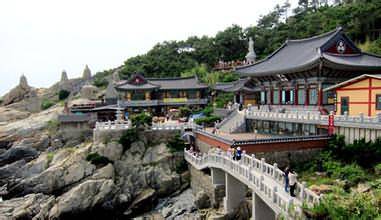
Tour Code: ZK117359
Tour Duration: 1 Days 0 Nights.
Tour Themes: Classic, Cultural Experience, Beach
Tour Route: Busan
1 Days Korea Cultural Experience Tours Busan
You can tailor-make the tour duration, route, themes, and cultural experiences, etc.Haedong Yonggungsa Temple
Haeundae Beach
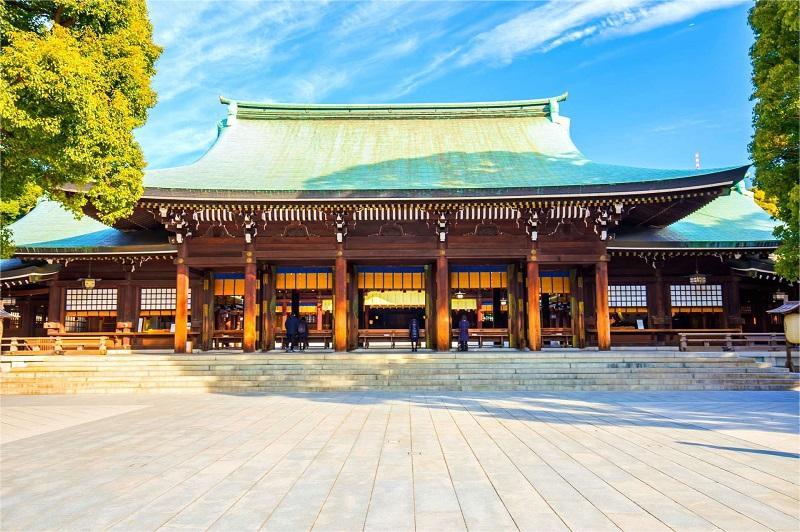
Tour Code: AJ117241-4
Tour Duration: 8 Days 7 Nights.
Tour Themes: Classic, UNESCO, Culture History
Tour Route: Tokyo - Mt.Fuji - Hakone - Kyoto - Nara - Kyoto - Hiroshima - Kyoto - Tokyo
8 Days Japan UNESCO Tours Tokyo Mt.Fuji Hakone Kyoto Nara Hiroshima
You can tailor-make the tour duration, route, themes, and cultural experiences, etc.Tokyo Arrival
Tokyo Free Day
Meiji Jingu Shrine
National Diet Building
Imperial Palace East Gardens
Mt. Fuji 5th Station
Lake Ashi Cruise
Mt. Komagatake Ropeway
Nijo Castle
Kinkaku-ji Temple
Kyoto Imperial Palace
Miyajima
Itsukushima Shrine
Hiroshima Peace Memorial Museum
Kyoto Free Day
)
Tour Code: NK116047-6
Tour Duration: 15 Days 14 Nights.
Tour Themes: Classic, Cultural Experience, Culture History
Tour Route: Incheon - Seoul - Sokcho - Seoul - Jeonju - Jeongeup - Jeonju - Daejeon - Busan - Gyeongju - Busan - Jeju - Seoul - Incheon
15 Days Korea Cultural Experience Tours Incheon Seoul Sokcho Jeonju Jeongeup Daejeon Busan Gyeongju Jeju
You can tailor-make the tour duration, route, themes, and cultural experiences, etc.Incheon Arrival
Incheon Free Day
Gwanghwamun Square(Gwanghwamun Gate)
Gyeongbokgung Palace
Imjingak Pavilion Freedom Bridge
The 3rd Infiltration Tunnel
DMZ Theater
Mt. Seorak National Park
Gwongeumseong Fortress
Sinheungsa Temple
Jeonju Nambu Traditional Market
Jeonju Korean Traditional Wine Museum
Jeonju Hanok Village
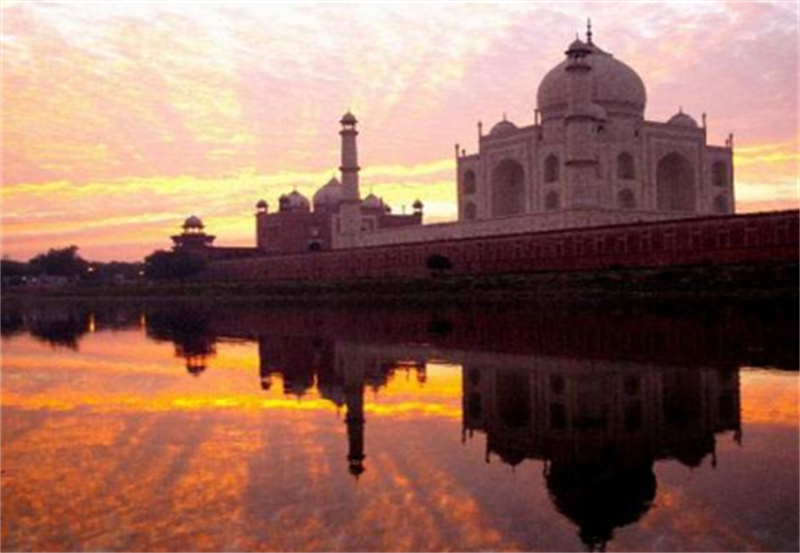
Tour Code: IN10-005
Tour Duration: 10 Days 9 Nights.
Tour Themes:
Tour Route: Delhi-Jaipur-Sariska-Mandawa-Bikaner-Deshnok-Nagaur-Khimsar-Ossian-Mandore-Jodhpur

